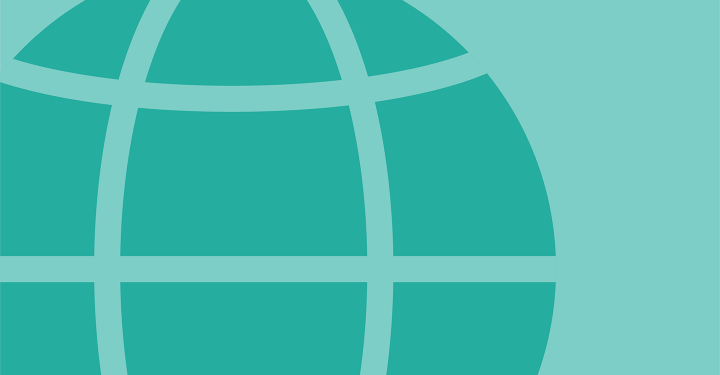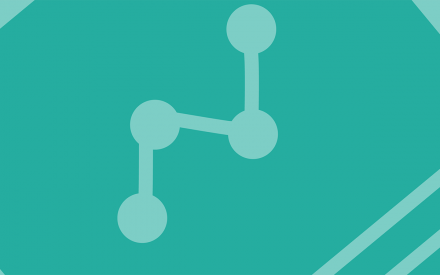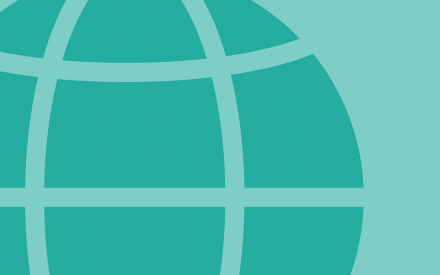A recent article by Kedar Mate (President & CEO at the IHI) and colleagues highlights the issue of equity in healthcare and proposes integrating equity into an existing framework to help guide future prioritisation for healthcare providers.
The authors provide a definition of health equity as “the state in which everyone has the opportunity to attain their full health potential, and no one is disadvantaged from achieving this potential because of social position or other socially determined circumstances.”
The authors states that health inequities affect many populations and inequity has always been present and relevant but was made particularly vivid during Covid-19. The author’s position is clear, health inequity is unacceptable and avoidable, however, the challenge now is “translating this heightened social consciousness into action, particularly in communities, clinics, and health systems.”
The authors summarise the value and impact of the Triple Aim (focusing on improving population health, enhancing the care experience, and reducing costs), and the Quadruple Aim (which included the issue of staff wellbeing as an additional priority), and now promote the idea of a Quintuple Aim, thus including Equity as the newest member of the priority areas.
Of course, this is not the first time the term ‘Quintuple Aim’ has been proposed, see for example:
- https://www.jacc.org/doi/10.1016/j.jacc.2021.10.018 https://www.ahrq.gov/ncepcr/tools/workforce-financing/white-paper.html
- https://www.healthleadersmedia.com/clinical-care/quintuple-aim-health-equity-added-healthcare-improvement-directive
- https://jhmhp.amegroups.com/article/view/6519/html
- https://www.jahonline.org/article/S1054-139X(20)30266-4/pdf
The article is an interesting read and now feels like a good opportunity to review what the current priorities are for healthcare delivery and whether equity should be added to the list.
Fagligt Nyt om patientsikkerhed er et nyhedsbrev, der udgives af PS!, og som udkommer ca. 6 gange årligt. Det formidler nyt om de seneste nationale og internationale forskningsresultater, begivenheder, trends og meninger inden for patientsikkerhed.
Tilmeld dig Fagligt Nyt
Nundy S, Cooper LA, Mate KS. The Quintuple Aim for Health Care Improvement: A New Imperative to Advance Health Equity. JAMA. 2022;327(6):521–522. doi:10.1001/jama.2021.25181
https://jamanetwork.com/journals/jama/article-abstract/2788483




